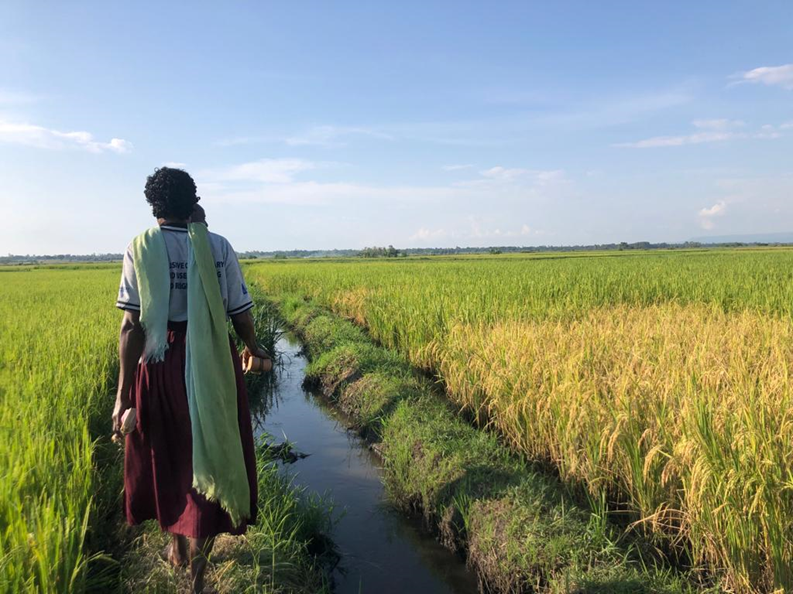Scaling is at the heart of both the name as well as the strategy of LAND-at-scale. Scaling and scaling potential are key in the way the program was designed and is reflected in the three pillars chosen to realize the aim of the program. The first pillar is about scaling successful initiatives and projects; the second pillar focuses on land governance innovations with scaling potential; and the third pillar covers knowledge management, with a focus on gaining a deeper understanding on the conditions required to make scaling successful.
Defining scaling
Upscaling has become a popular term in the context of sustainable development. With the 2030-agenda a mere 7 years away, there is increasing pressure in the development sector to demonstrate fast and visible returns on investment and impact at scale. However, it is important to retain realistic expectations and not lose sight on the real, on-the-ground impact that we want to achieve.
In the first years of LAS, RVO attempted to define scaling in the context of the program. The main consideration for this exercise was to recognize the holistic nature of a topic as land governance, and therefore acknowledging that 'scaling’ a strategy beyond its initial design and testing, be it a larger geographic area or more communities in itself - without taking elements such as the enabling environment in consideration- will likely not lead to sustainable results. Achieving just, inclusive and sustainable land governance globally, as the LAS program aims to do, requires transformations of both (governmental and societal) systems and behavior.
“Scaling is about more than numbers”
During last year’s LAS exchange, project partners agreed that scaling is about more than numbers, such as hectares registered or community members reached. Crucial for project partners is the sustainability of the intervention, making sure that the structures established or supported are resilient, and that impacts bring about structural change. Scaling and sustainability need to incorporate the interests of different groups, such as women, youth but also traditional leaders or refugees.
Every LAS intervention at country-level is aimed at achieving sustainable and structural change. Therefore, any LAS-funded intervention should include at least two or more of the elements of the overall LAS scaling definition:
Understanding scaling
Whereas LAS’ scaling definition provides a useful starting point to ensure intervention strategies comprise multiple dimensions of scaling to work towards sustainable systems change, the guidance it provides is still much at an abstract level. How do we scale in the context of a program, rather than what we scale in a particular context, country or region; focusing on types of strategies that should be included, rather than content of strategies.
For practical implementation of the LAS scaling strategy, it is essential to use a land governance intervention strategy (be it a tool, approach or technology) in itself as the first unit of observation. It is essential to acknowledge that many factors play a role in making an intervention strategy successful in a pilot. To be able to successfully scale, it is crucial to have a good understanding of why certain strategies have worked and why they haven’t, and how these insights can be incorporated when deciding to scale this strategy.
Subsequently, if such an understanding is gained, scaling cannot be taken for grant. Because when scaling such a strategy to a (wider/different) context, much more factors come into play. The role of the government, for example, and their buy-in is crucial when wanting to reach durable and sustainable land governance solutions. Another challenge is the generally understood notion that sustainability is usually ensured by fit-for-purpose approaches that are tailor-made and respond to the local situation. Such local adaption, however, is time-consuming and requires resources. Or how about legal pluralism? How can we scale in a country where the statutory legal regime may be the same, but customary systems vary between communities?
LAS partners have considered all these elements carefully when designing their intervention strategies (whether they called it ‘scaling’ or not). We look forward to exploring with them how these challenges are addressed and how they perceive scaling in the context of their program:
“What is our scaling ambition?”



